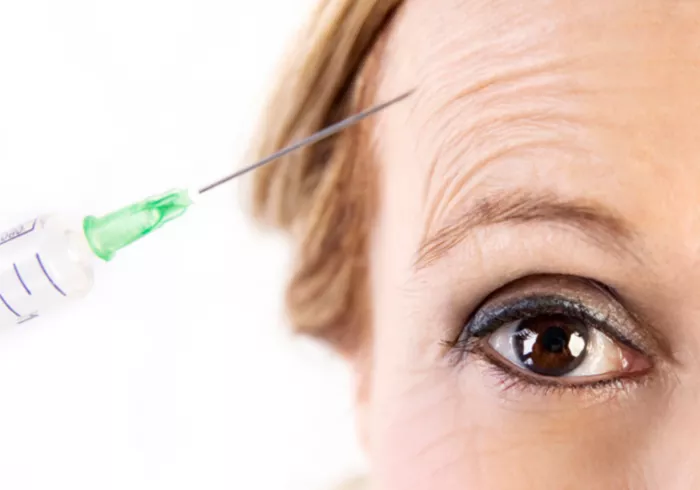In the world of cosmetic enhancements, Botox and Dysport are two of the most popular options for reducing the appearance of wrinkles and fine lines. Both treatments utilize botulinum toxin type A to temporarily paralyze the muscles responsible for facial expressions, leading to smoother skin. However, a common question among patients is: Does Dysport last longer than Botox? This article aims to provide a comprehensive comparison of these two treatments, focusing on their duration, effectiveness, and other critical factors that influence their longevity.
Understanding Botox and Dysport
What is Botox?
Botox, officially known as onabotulinumtoxinA, was first approved by the FDA for cosmetic use in 2002. It is widely recognized for its effectiveness in treating dynamic wrinkles, particularly in areas such as the forehead, around the eyes (crow’s feet), and between the eyebrows (glabellar lines). Botox works by blocking nerve signals to the muscles, preventing them from contracting and thereby reducing the appearance of wrinkles.
What is Dysport?
Dysport, or abobotulinumtoxinA, received FDA approval for cosmetic use in 2009. Similar to Botox, it is used to treat facial wrinkles but has some differences in formulation and application. Dysport is often noted for its ability to spread more easily across a larger area due to its smaller molecular size, which can make it a preferred choice for treating broader regions of the face.
Duration of Effects
General Longevity
Both Botox and Dysport generally provide results that last between three to six months. However, individual experiences may vary based on several factors such as metabolism, age, and the specific area treated.
Botox: Typically lasts about three to four months, with some patients experiencing effects for up to six months.
Dysport: Often reported to last between three to five months, with some studies suggesting it may extend up to six months in certain individuals.
Research Findings
A study published in the British Dental Journal found that Botox injections lasted an average of 4.14 months, while Dysport lasted about 3.87 months. Another study indicated that with specific dosing adjustments, Dysport could last longer than initially reported.
Factors Influencing Duration
Several factors can influence how long each treatment lasts:
Metabolism: Individuals with a faster metabolism may process botulinum toxin more quickly, leading to shorter durations of effect.
Injection Technique: The skill and technique of the injector can affect how well the product is distributed and how long it lasts.
Area Treated: Different facial areas may respond differently; for example, areas with more muscle movement may see quicker wear-off.
Onset of Action
Speed of Results
One notable difference between Botox and Dysport is their onset time:
Botox: Generally takes about three to seven days for full effects to be visible.
Dysport: Can show results as quickly as two to three days, making it appealing for those seeking faster outcomes.
Implications for Patients
The quicker onset of Dysport may benefit patients looking for immediate results before an event or special occasion. However, both treatments require follow-up sessions to maintain desired effects.
Injection Techniques and Dosage
Units and Dilution
Both products are measured in units but differ significantly in their dilution ratios:
Botox: Typically requires fewer units per treatment due to its higher potency.
Dysport: More diluted than Botox; approximately three units of Dysport are equivalent to one unit of Botox. This means that while more units are needed for Dysport, the overall treatment effectiveness remains comparable.
Injection Techniques
The injection technique can also vary:
Botox is often injected into specific muscles with precision due to its larger molecular size.
Dysport’s smaller molecules allow it to diffuse more easily into surrounding tissues, which can be advantageous for treating larger areas but may require a different injection strategy.
Side Effects and Safety
Common Side Effects
Both treatments have similar side effects due to their shared active ingredient:
- Pain at the injection site
- Swelling or bruising
- Headaches
- Temporary muscle weakness near the injection site
However, some studies suggest that Dysport may have a slightly higher incidence of side effects such as ptosis (drooping eyelids) compared to Botox5.
Safety Profile
Both Botox and Dysport have established safety profiles when administered by qualified professionals. However, patients should always discuss their medical history and any concerns with their injector prior to treatment.
Cost Considerations
Pricing Differences
The cost of treatment can vary based on location, provider experience, and individual needs:
- On average, Botox tends to be more expensive per unit than Dysport. However, since fewer units are typically needed for Botox treatments, total costs may end up being similar.
- Patients should consider both unit cost and total treatment cost when deciding between the two options.
Insurance Coverage
Neither Botox nor Dysport is usually covered by insurance when used for cosmetic purposes. Patients should budget accordingly for regular maintenance treatments every few months.
Conclusion
In summary, while both Botox and Dysport provide effective solutions for wrinkle reduction with similar durations of effect (typically ranging from three to six months), individual experiences can vary widely based on personal factors such as metabolism and injection technique.
While some studies suggest that Dysport might last slightly longer under certain conditions or dosing adjustments, many patients find that both options yield satisfactory results within comparable time frames. Ultimately, choosing between Botox and Dysport should involve a thorough consultation with a qualified practitioner who can tailor recommendations based on individual needs and preferences.
Related topic:
How Long Do Daxxify Results Last?
How Long Do Lumps Last After Botox?
How Long Do Botox Antibodies Last?


